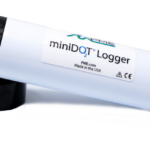
Tracking Benthic Production with miniDOT
March 14, 2017
MiniDOTs Weather Superstorm Sandy Flooding
July 6, 2017Understanding Wildlife Inputs in the Mara River
Project Details
- PRODUCT(S): miniDOT® Logger
- APPLICATION: Freshwater
- PARAMETER: Dissolved Oxygen, Temperature
- LOCATION: Mara River Serengeti, Africa
- ORGANIZATION: Yale University
- RECOGNITION: Amanda Subalusky
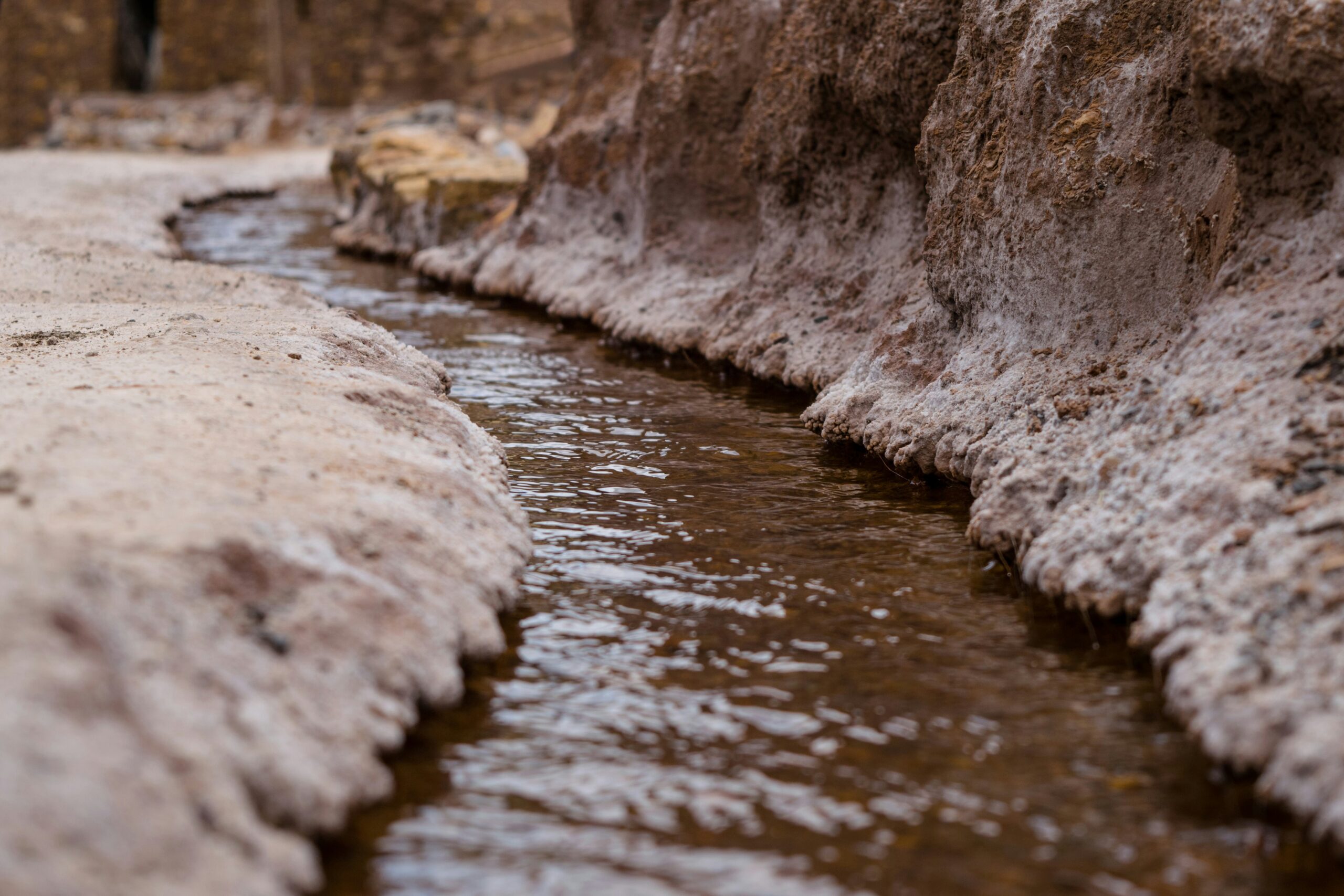
Case Study Description
A research team studying the Mara River in East Africa used miniDOT loggers to better understand hypoxic events influenced by wildlife inputs.
The importance of the Mara River
The Mara River flows nearly 400 kilometers from the Kenya highlands to Lake Victoria, crossing through the Maasai Mara National Reserve in Kenya and the Serengeti National Park in Tanzania.
It provides the only permanent source of water for the largest remaining overland migration in the world of 1.2 million wildebeest, and it sustains large populations of many other wildlife species, such as hippopotamus.
The river also provides water for nearly a million people living in the river basin, many of whom depend directly on surface waters for their domestic water needs.
Wildlife volume tied to hypoxic events
Large animals are capable of affecting the ecosystems they live in through different inputs, such as feces and sometimes even their own remains after death. If enough of these inputs are introduced into an ecosystem all at once, such as in the event of a mass drowning of a herd of wildebeest or a flood quickly washing away a deposit of submerged hippo feces, consequences can arise downriver.
Amanda Subalusky, of the Cary Institute for Ecosystem Studies, along with her team and resources from Yale University and a handful of other organizations, has set out to find what these consequences are and how they affect ecosystem processes and food web dynamics. The research is part of The Mara Project.
Hypoxic (low-oxygen) water conditions as a result of fluctuating inputs from wildlife are a main concern for Amanda and her team. MiniDOT loggers deployed in artificial streams and in the Mara River for periods of up to 9 months captured high quality data used by the Yale researchers.
The dissolved oxygen (DO) data from the miniDOTs aided the researchers in better understanding the hypoxic events that occur in response to mass drownings and large deposits of hippo feces.
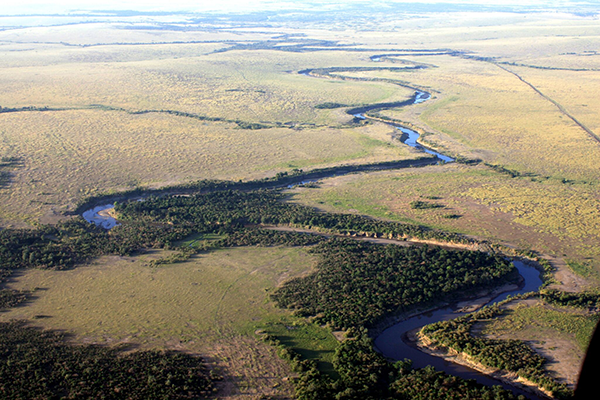
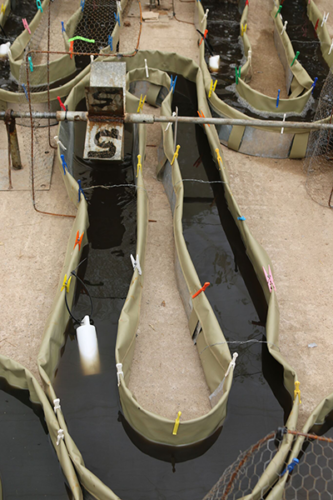
The amount and introduction of these inputs could be better controlled in the artificial river experiments, where more precise relationships could be made between the amount of animal input and DO levels.
An array of these artificial river rigs was made to accommodate the many different hippo pools that can be found in the territory, giving the researchers an accurate idea of how the region is doing in terms of DO.
MiniDOTs ideal for “challenging field conditions”
Subalusky said, “The miniDOTs have been instrumental in allowing us to collect finer spatial and temporal scale data on DO concentrations in the river and in our experiments than we ever would have been able to do with more traditional sensors.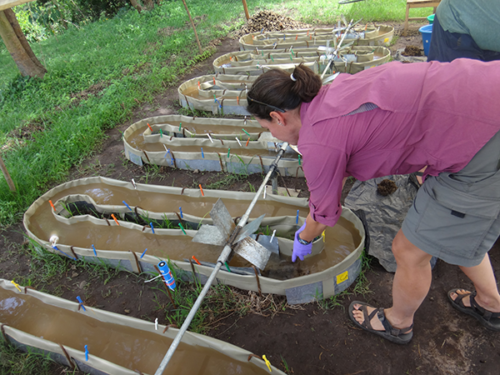
“Their relatively low cost, streamlined design, and minimal required maintenance allow us to deploy them throughout a large area in very challenging field conditions for extended periods of time, and receive high resolution, high quality data.
“These data are absolutely critical for understanding the influences of discharge and wildlife loading on biogeochemical processes and ecosystem metabolism in this river.”

